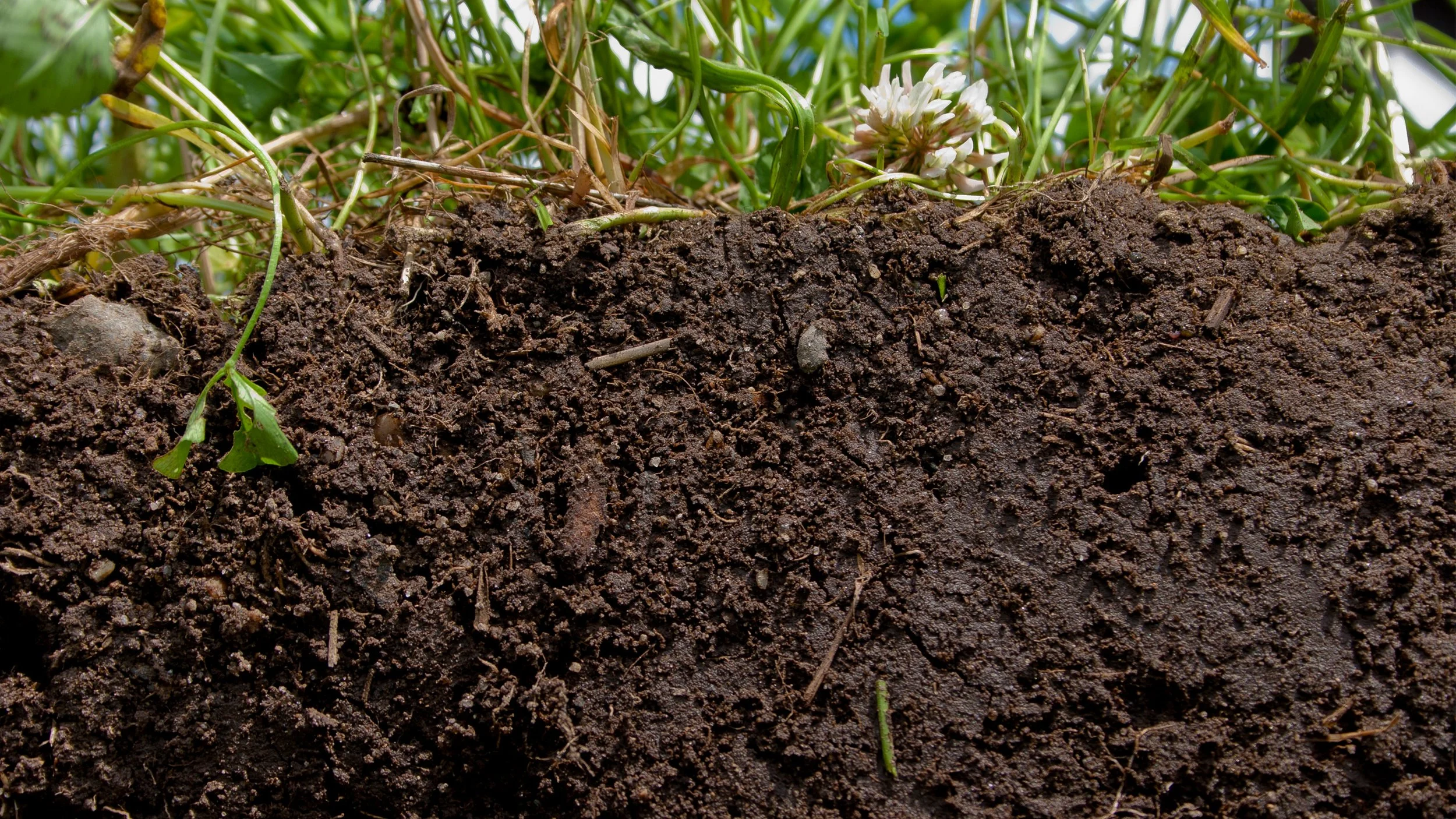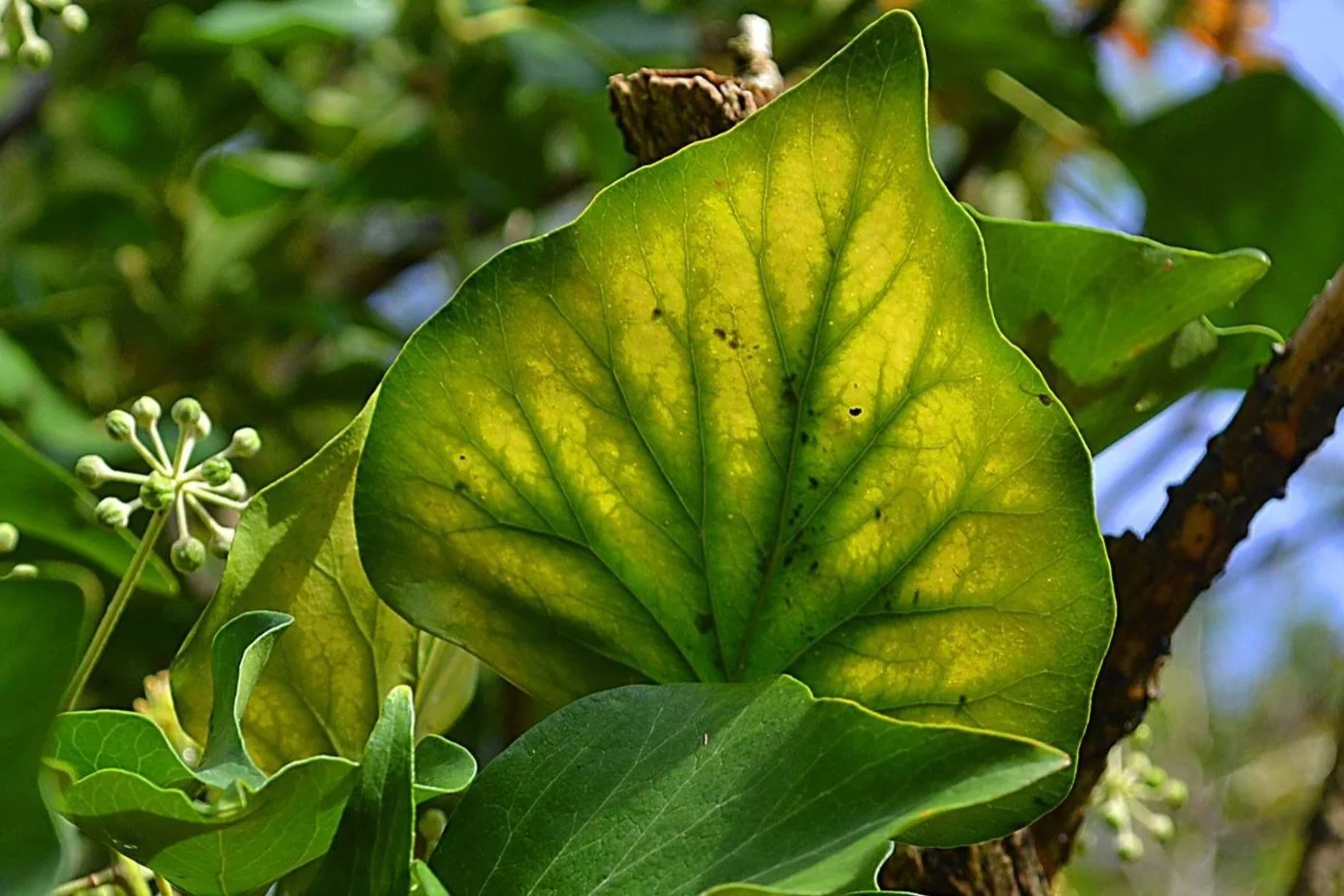One of the missions of the BMT is to inform the public on environmental issues especially as they relate to the meadow. This is an introduction to a continuing series.
In this episode we introduce some fundamental aspects of soil. Later we will report on the nature of the soil of Bishops meadow. The nature of an area’s soil can be useful in understanding what sort of ecosystem it may potentially support.
Hoverflies are not a terribly prominent part of Bishop Meadow’s insect fauna but they are probably more significant than one might think.
The genus Senecio is in the Daisy family (Asteraceae or Compositae) which comprises over 1000 species. Of the species native to Britain, six are called ‘ragwort’ - S. jacobaea, Common Ragwort, is the species we will deal with here.
The notion of what a ‘species’ is is widely understood at some level. Man has always distinguished between and named the plants and animals around him but a formal naming system with rules and objectives was first established in the last decades of the 17th and the first half of the 18th centuries.







